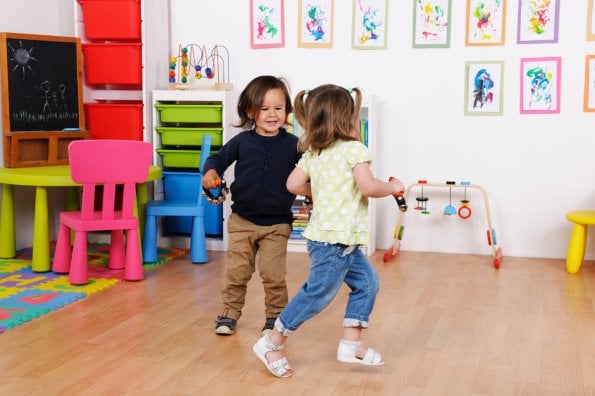
How physical literacy in childcare benefits children, parents and ECEs
According to a Canadian study in early child care centres, the benefits of adding more active play time into daily routines are more than just physical.
Activities to improve babies’ and young children’s physical literacy are easy to plan, simple to do, and require no special equipment. When early childhood educators (ECEs) and parents include lots of time for physically active play — especially outdoors — in their daily routines, children are healthier, happier, and better behaved.
In this video, researchers, educators, and parents share their opinion on AfL’s Physical Literacy Proof of Concept Study in Child Care Settings. The study group that received physical literacy programming demonstrated a wide range of cognitive, social, emotional, and physical benefits for children, educators, and parents.
Read the articles on this page to learn more about what the research says about the impact of physical literacy programming in early childhood education, and discover some simple strategies to ensure children get lots of time for active play, every day.

According to a Canadian study in early child care centres, the benefits of adding more active play time into daily routines are more than just physical.

Puddles provide kids with opportunities to learn about movement, the natural world, and play. Here are some tips for soaking up puddle fun.

Check out the free early years resources
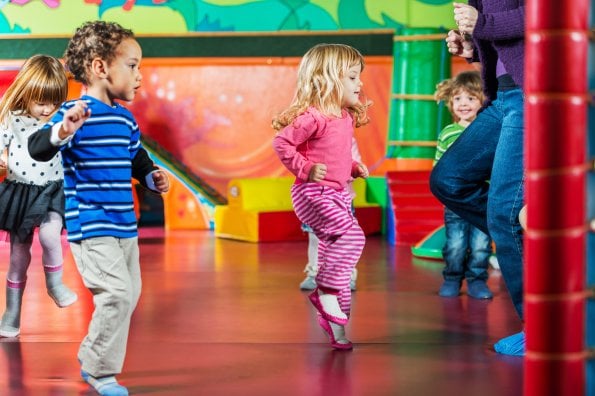
The model was developed as a framework to help ECEs understand how to incorporate physical literacy into their playrooms and playgrounds.

These spaces offer valuable opportunities for the development of physical literacy and for experimentation.

This is a series webinars (3) presented by Dr. Dawne Clark of the Early Years Physical literacy Research Team. The webinar provides an overview of selected modules from the online Child and Out Brain Development course, and are used with permission from the Alberta Family Wellness Initiative. Webinar #1: The Core Story Webinar #2: The impact of … Continued

To explain how kids’ brains grow and develop, scientists use a metaphor: building a child’s brain in the early years is like building a house.

Related read: 7 kid-friendly games to play on trail walks and nature hikes Outdoor programming in our pre-kindergarten classrooms At Edmonton Catholic Schools, physical literacy and outdoor programming are a priority for our 100 Voices children. Physical literacy encompasses physical, cognitive, social, and emotional wellness. At our Genesis School, this is fostered in a unique … Continued

Our “groundhog maze” brings active learning to life I introduced the activity by reading the storybook Ten Grouchy Groundhogs by Kathryn Heling and Deborah Hembrook. We talked about the legend of Groundhog Day and looked at pictures of real groundhogs. The children learned about groundhog behaviour, such as living in a burrow and hibernating in … Continued

AfL to study physical activity at child care centres

Thanks to funding from the federal government, the Early Years Physical Literacy Research Team will move on to phase two.

Learn how children develop executive function
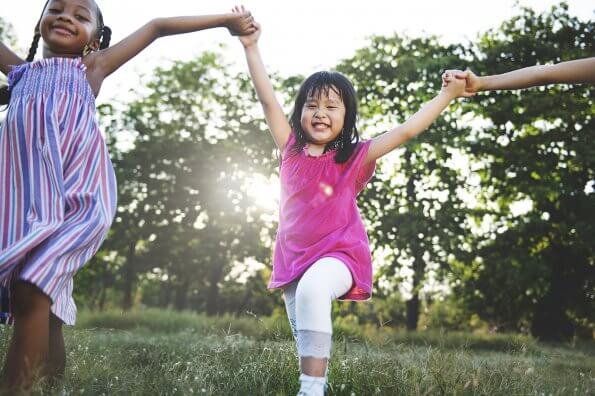
School readiness is child’s play
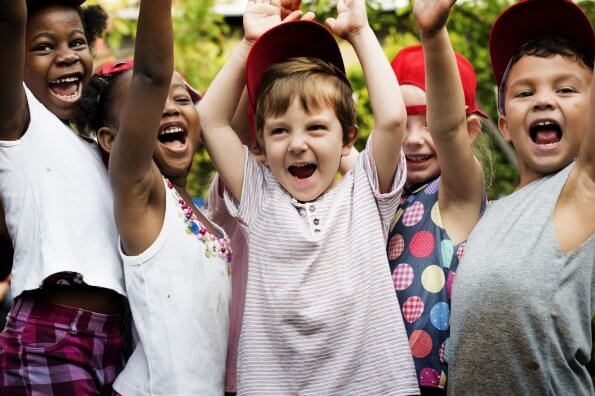
Find out how you can help your child to “thrive by five”

Ready, Aim, Kick! to the rescue One particularly difficult day, we tried an activity called Ready, Aim, Kick! (see Activity #6) from the APPLE Seeds program. This robust program introduces physical literacy skills in a sequential way within everyday play. Ready, Aim, Kick! involves playing kicking games using targets and a variety of materials, including pylons, … Continued

The childcare centre your child(ren) attends has chosen to be part of a study that will explore the benefits for young children of quality physical literacy programming in childcare centres. What are physical activity and physical literacy? Physical activity is movement that increases heart rate, breathing, and causes a light sweat. Physical literacy is the … Continued

It’s important that we offer babies lots of time to move their bodies freely, unrestrained by car seats, swings, or bouncy chairs. Learn why.

In contrast to typical metal or plastic play structures, natural playgrounds are designed to take advantage of landscaping and organic materials.

The model helps early childhood educators incorporate activities that will encourage young children to develop physical literacy.
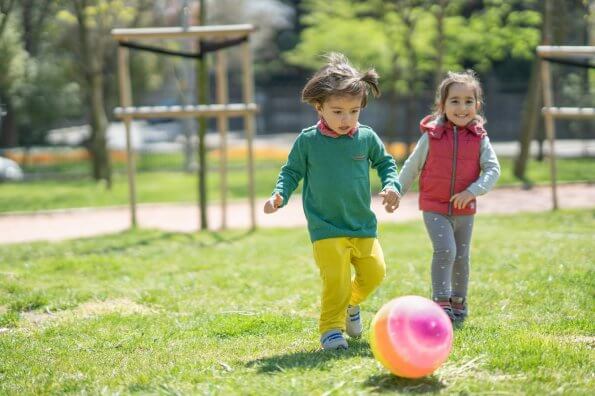
We’ve been studying how providing early childhood educators with physical literacy training affects the children in their care.

Some schools and early childhood centres are using movement-based instruction to help kids learn better while promoting their development.

Risky play isn’t only important older children! Learn about the benefits of risky play for toddlers, as well as ways they can participate in it.

In contrast to typical metal or plastic play structures, natural playgrounds are designed to take advantage of landscaping and organic materials.
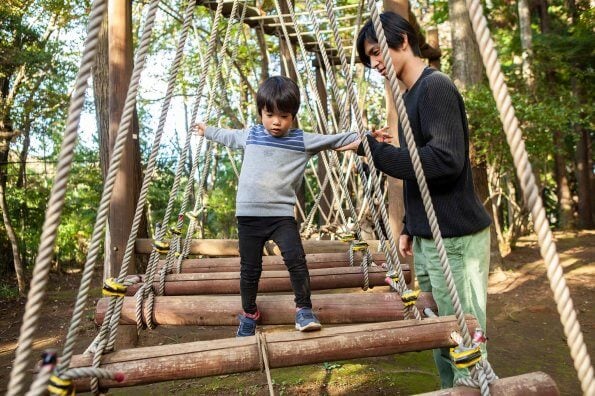
Physical Literacy What exactly is physical literacy? These graphics make it easy to understand. Physical Literacy Infographic Physical literacy checklists for ages 0 to 9 years Activities Get kids moving and developing physical literacy with these resources: Activities for 0 to 3 year old children Activities for kids and parents (1-12 years) Lesson plans and … Continued
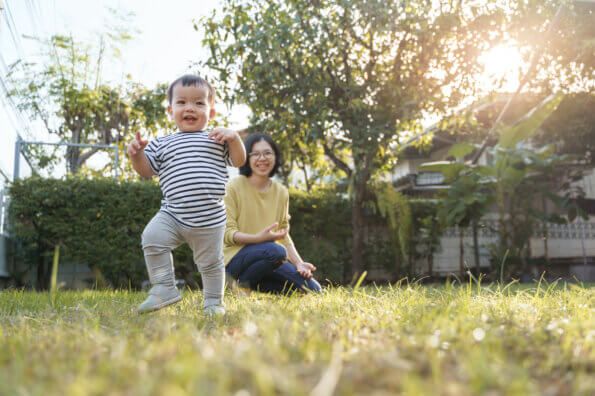
Here are some basic movement skills that children at various ages should be mastering

To explain how kids’ brains grow and develop, scientists use a metaphor: building a child’s brain in the early years is like building a house.

The importance of regular activity in a child’s physical, cognitive, emotional, and social development

Building your child’s brain is like building a house. Learn more about kids’ brain development and how you can help along the way.

Interactions with caring adults are considered to be “serve and return” relationships; they’re not one-directional, but imply mutual response and activity.

Executive function is a set of mental skills that work like the air traffic control tower at a busy airport. It’s a key part of development in the early years.

“Active play” includes both structured and unstructured activities. Learn more about the role of play in children development.

A new podcast from Harvard University is taking a deep dive into the brain science of early childhood.

A pediatric physiotherapist and nature play program director discusses why active outdoor play is so important for kids’ development.

Research shows that kids have been feeling more anxious in recent years. Learn why and what parents can do to help.

If your child has attention deficit hyperactivity disorder or struggles with focus, you’ll be happy to hear that a simple walk in your local park might be beneficial. CBC News recently reported that a review of hundreds of studies found time spent outdoors can result in improved attention span, self-discipline, and stress reduction. “Researchers also … Continued

It offers the myriad benefits of sensory stimulation
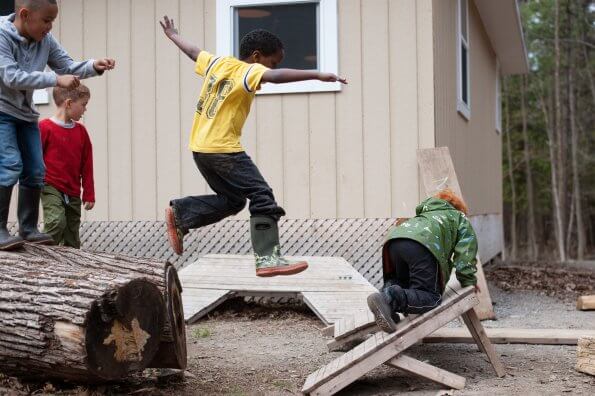
The resource, from the Child and Nature Alliance of Canada, offers tips and support for parents and teachers to explore nature with kids year-round.

8 tips on how to let your kids take more risks

There’s a steep hill in our local forest that my kids (ages one, four, and six) love to scale. It’s muddy, slippery, and full of tree roots, with ample opportunities to fall, get up, and fall again. I absolutely love watching them challenge themselves to do this, because I can see how it builds their … Continued

Parachute’s Safe Kids Week runs from May 30 to June 5 this year, and the theme is #PlaySafeOutdoors. Here’s how to take part.

Risky play can be an intimidating concept for parents and caregivers to try to implement with their children. How much risk is too much? How can play remain safe? Dr. Mariana Brussoni recognizes the dilemma. In fact, she’s an expert on the subject. Her research focuses on caregivers’ perceptions of risk and safety when it … Continued

Understanding the difference between objective and perceived risk

The model helps early childhood educators incorporate activities that will encourage young children to develop physical literacy.
DOWNLOAD PLAYBOOK PDF Day 1: Tightrope Skill: Balance 15 minutes This activity develops coordination and balance as kids try to walk a straight line on a rope lying on the ground. More» Day 2: Mirror Mirror Skill: Agility, Balance, Hop, Jump, Run, Skip 10 minutes This activity develops coordination and balance as kids try to … Continued

ECEs play a big role in developing physical literacy

A new pilot program gives children 1-5 an active start in motor skill development

The Vivo Play Project gives kids the opportunity to let loose, play freely, and get dirty.

November 20 marks the 30th anniversary of the United Nations Convention on the Rights of the Child.